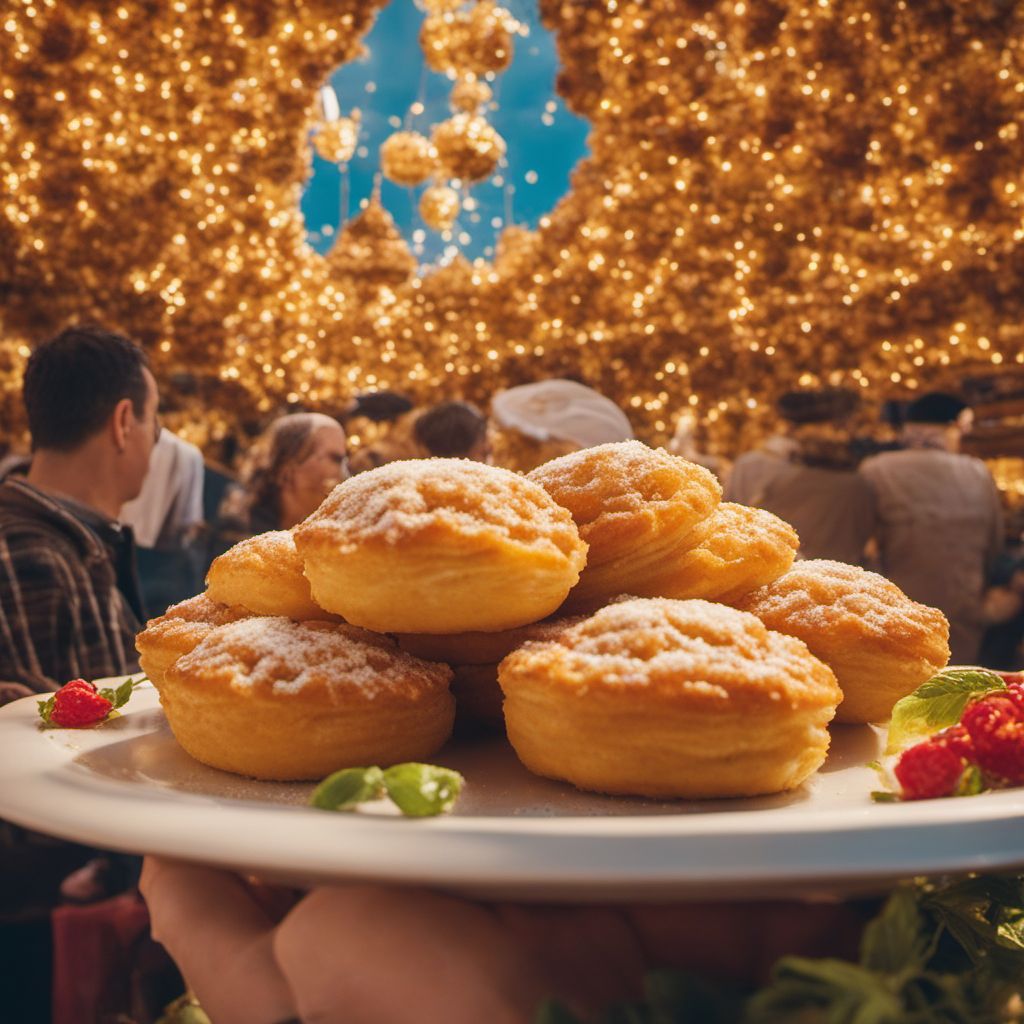
Dish
Pignolata Messinese
Pignolata Messinese is made by mixing flour, sugar, eggs, and butter to form a dough. The dough is then rolled out and cut into small pieces. The pastry is then deep-fried until golden brown and coated in honey. Pignolata Messinese is best served warm and can be enjoyed on its own or with a cup of coffee or hot chocolate.
Origins and history
Pignolata Messinese is a traditional pastry that originated in the region of Messina, Italy. It has been a popular dessert for centuries and is traditionally served during Carnevale, a festival that takes place before Lent. Today, Pignolata Messinese is enjoyed throughout Italy and is a staple of Italian cuisine.
Dietary considerations
Not suitable for those with gluten or dairy allergies. Contains flour and butter.
Variations
There are many variations of Pignolata Messinese, including those flavored with lemon zest, cinnamon, or other spices. Some recipes also call for the addition of chocolate or other sweeteners.
Presentation and garnishing
To ensure that the Pignolata Messinese is crispy on the outside and soft on the inside, be sure to fry it in hot oil. It is also important to let the pastry cool for a few minutes before serving to prevent the honey from burning your mouth. Pignolata Messinese is traditionally served on a plate with a drizzle of honey. Some bakers also garnish the pastry with a sprinkle of powdered sugar or chopped nuts.
Tips & Tricks
If you want to add a twist to the traditional recipe, try adding some chocolate chips or cocoa powder to the dough. You can also experiment with different spices to create your own unique flavor.
Side-dishes
Pignolata Messinese is often served on its own as a sweet snack. It can also be enjoyed with a cup of coffee or hot chocolate.
Drink pairings
Pignolata Messinese goes well with coffee or hot chocolate.
Delicious Pignolata Messinese recipes
More dishes from this category... Browse all »
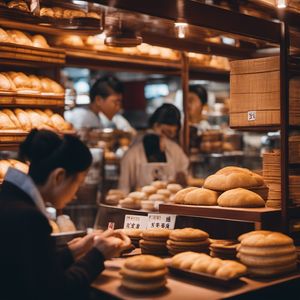
Anpan
Japanese cuisine

Antakya künefesi
Turkish cuisine
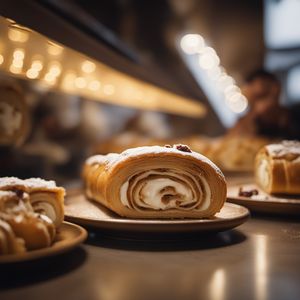
Apfelstrudel
Austrian cuisine

Appelflap
Dutch cuisine

Apple Cider Doughnut
American cuisine

Asabi
Lebanese cuisine

Asawer
Lebanese cuisine

Athirasa
Sri Lankan cuisine
More cuisines from this region... Browse all »

Abruzzese and Molisan cuisine
Savory, Earthy, Rustic, Hearty

Apulian cuisine
Fresh, Savory, Rustic, Simple

Arbëreshë cuisine
Savory, Tangy, Herbaceous, Spicy

Basilicatan (Lucanian) cuisine
Savory, Earthy, Rustic, Hearty
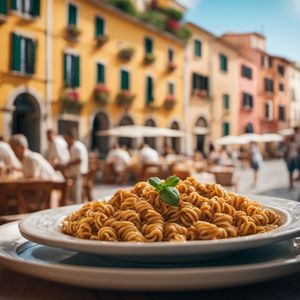
Ligurian cuisine
Light, Delicate, Herbaceous, Salty
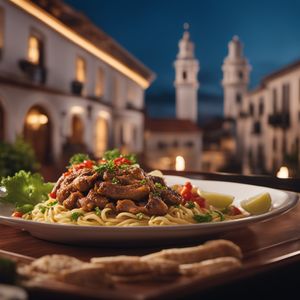
Lombard cuisine
Rich, Savory, Meaty, Cheesy

Neapolitan cuisine
Bold, Savory, Spicy, Tangy, Fresh
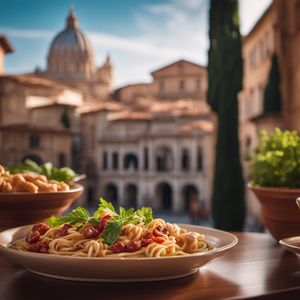
Roman cuisine
Fresh, Light, Herbaceous, Tangy, Savory

